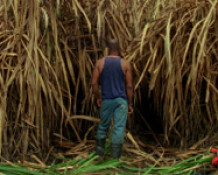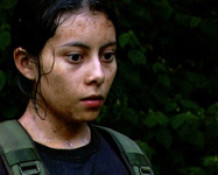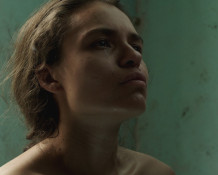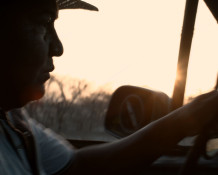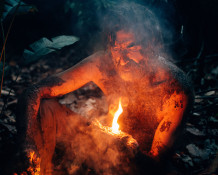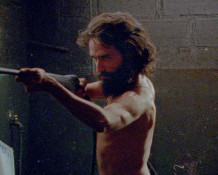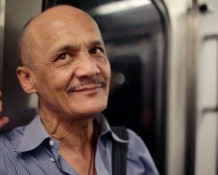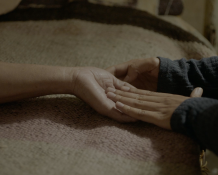Morichales
|
Un film de Chris Gude Proyecto largometraje en post-producción Director y director de fotografía Producción Productor Ejecutivo Productora Asociada Productora en línea Con el apoyo de
|
||||
|
En la Guayana Venezolana se encuentran grandes reservas de oro escondidas bajo las palmeras de “moriche”, atrayendo multitudes de mineros a ese territorio. Un narrador viaja desde lejanas minas en la selva hasta las riberas del Río Orinoco, intentando comprender la incierta fortuna del minero. Sus reflexiones combinan ilustraciones y pinturas fotoquímicas para trazar un mapa de la minería y comercialización del oro en Venezuela, mientras que cuestiona la relación extractivista del hombre con la naturaleza. In Venezuelan Guayana, large gold reserves lie beneath “moriche” palms, attracting miners from across the region. A narrator travels from far-flung mines in the jungle to the banks of the Orinoco River, trying to understand the uncertain fortune of the miner. His reflections combine illustrations and photochemical paintings to draw a map of the mining and commercialization of gold in Venezuela while also questioning humankind’s extractivist relationship with nature. Teaser: |



